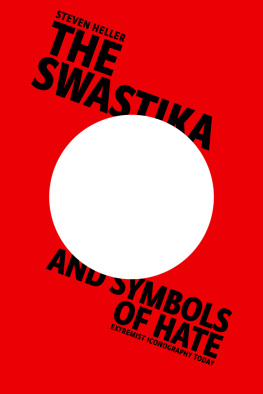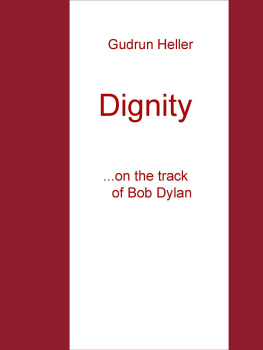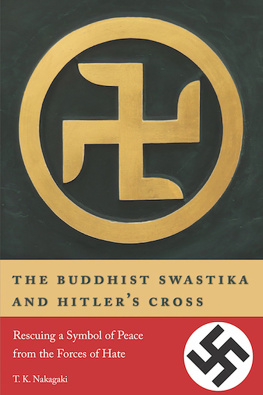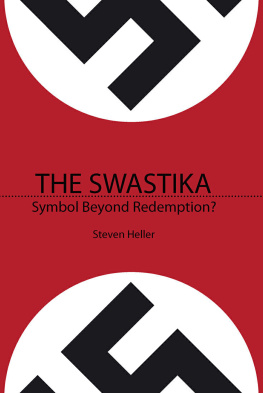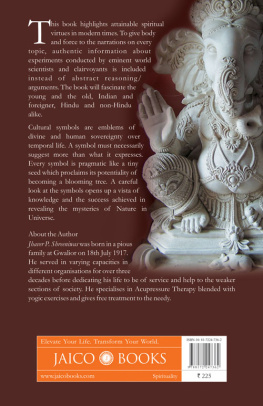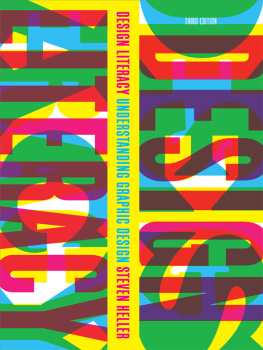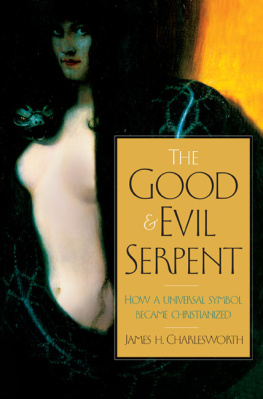

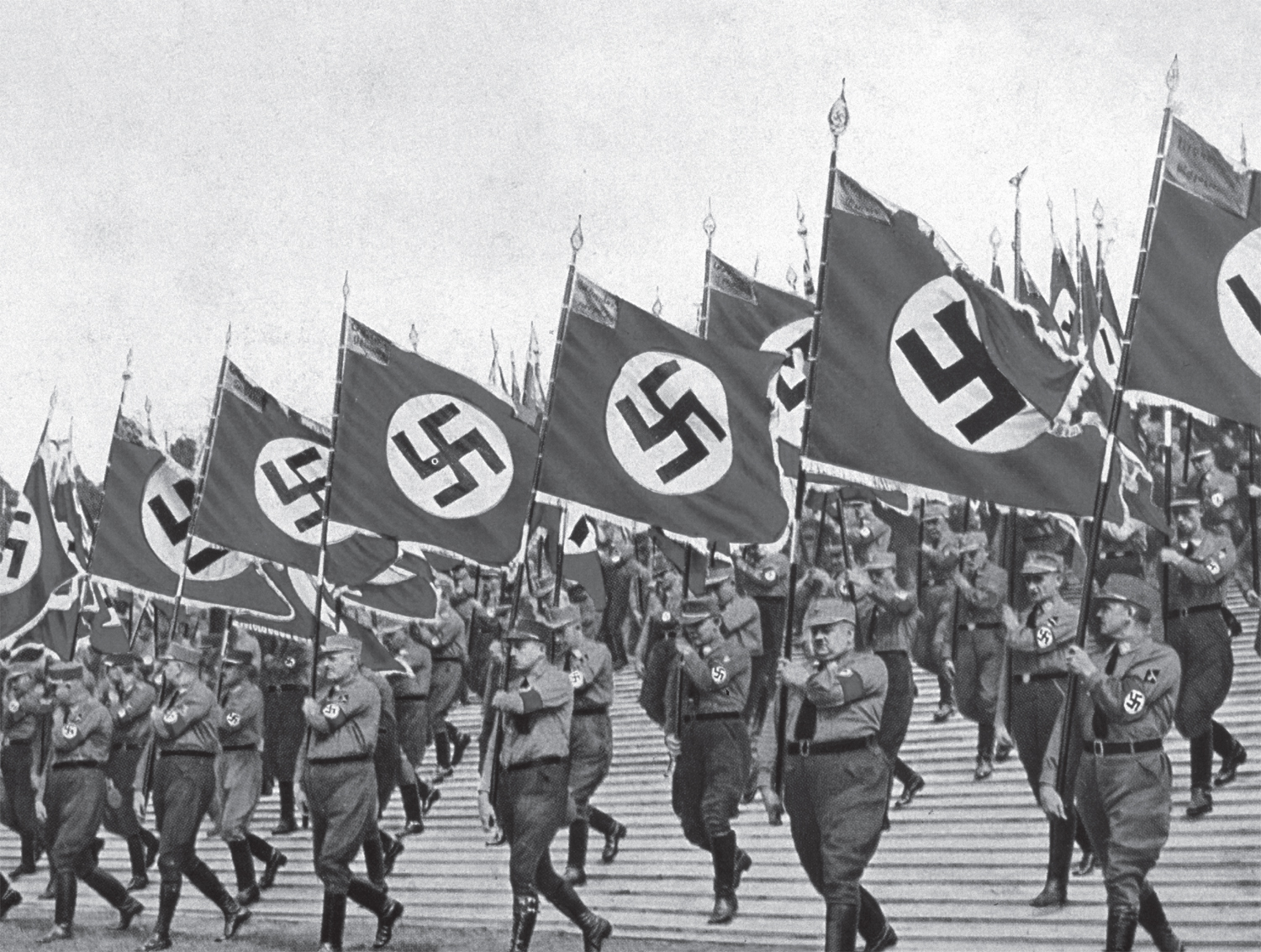
Copyright 2019 by Steven Heller
All rights reserved. Copyright under Berne Copyright Convention, Universal Copyright Convention, and Pan American Copyright Convention. No part of this book may be reproduced, stored in a retrieval system, or transmitted in any form, or by any means, electronic, mechanical, photocopying, recording or otherwise, without the express written consent of the publisher, except in the case of brief excerpts in critical reviews or articles. All inquiries should be addressed to Allworth Press, 307 West 36th Street, 11th Floor, New York, NY 10018.
Allworth Press books may be purchased in bulk at special discounts for sales promotion, corporate gifts, fund-raising, or educational purposes. Special editions can also be created to specifications. For details, contact the Special Sales Department, Allworth Press, 307 West 36th Street, 11th Floor, New York, NY 10018 or .
23 22 21 20 19 5 4 3 2 1
Published by Allworth Press, an imprint of Skyhorse Publishing, Inc. 307 West 36th Street, 11th Floor, New York, NY 10018. Allworth Press is a registered trademark of Skyhorse Publishing, Inc., a Delaware corporation.
www.allworth.com
Copublished with the School of Visual Arts
Cover design by Mirko Ili
Book design by Rick Landers
Library of Congress Cataloging-in-Publication Data
Names: Heller, Steven, author.
Title: The swastika and symbols of hate : extremist iconography today / Steven Heller.
Description: New York, New York : Allworth Press, an imprint of Skyhorse Publishing, [2019] | Includes bibliographical references and index.
Identifiers: LCCN 2018056783 (print) | LCCN 2018057011 (ebook) | ISBN 9781621537205 (eBook) | ISBN 9781621537199 (hardcover : alk. paper)
Subjects: LCSH: Swastikas.
Classification: LCC BL604.S8 (ebook) | LCC BL604.S8 H455 2019 (print) | DDC 302.2/223--dc23
LC record available at https://lccn.loc.gov/2018056783
Print ISBN: 978-1-62153-719-9
eBook ISBN: 978-1-62153-720-5
Printed in China
Previous Spread: 1933 Nuremberg rally/Alamy Stock Photo
CONTENTS

Propaganda poster with Hitlers election promise, Give Me Four Years, 1937.
ACKNOWLEDGMENTS
This book was originally turned down by a number of publishers, so I decided to publish it myself. Two people dissuaded me: Mirko Ili, who designed the original cover, the original format, and this new edition, believed that a limited print run and even smaller distribution would not do justice to the subject and urged me to reconsider. Mirko has also been a tireless opponent of racism, ultra-nationalism, and fascism around the world through his own exhibitions and lectures, which have helped inspire this new edition. Tad Crawford, publisher of Allworth Press, who has always been supportive, was excited by this project from the moment I approached him and threw his full support behind it, and likewise wanted this edition to address the current rise of ultra-right fanaticism. Chamois Holschuh joined this edition as editor. Finally, gratitude goes to Deborah Hussey for her invaluable consultation and Rick Landers for his heroic rescue. Thank you for all youve done.
A few of the essays in the Swastika section (Part I) originated in different forms in other publications. I want to thank these editors for their support and encouragement: Martin Fox of Print , Julie Lasky, formerly of Print , and Neil Feinman, formerly of Speak . More recently, I have published variations and early drafts in Design Observer and The Daily Heller (my printmag.com blog).
A heap of gratitude goes to David Rhodes, President of SVA NYC, who has long supported my efforts with Allworth Press as co-publisher of this and many other books.
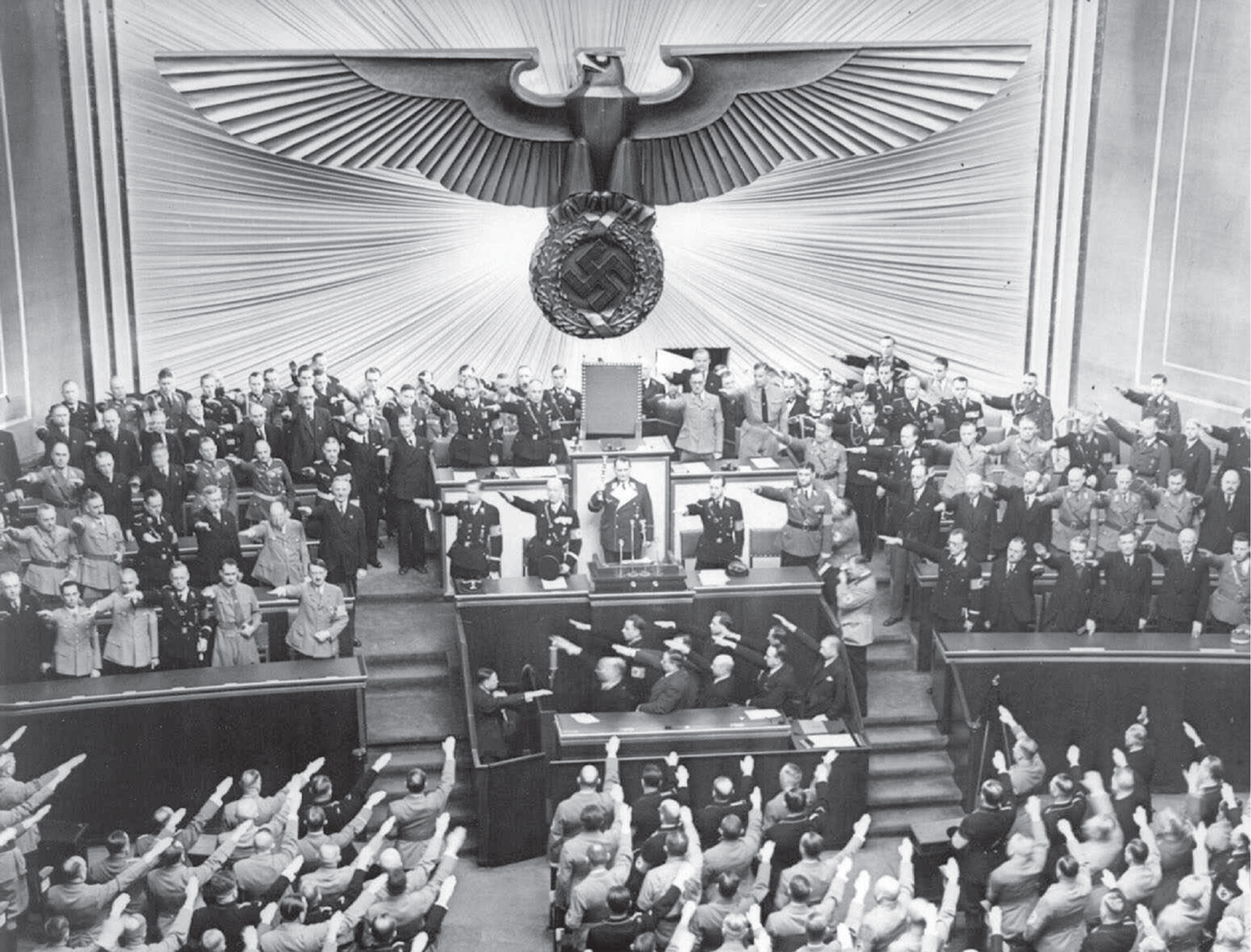

The Anti-Nazi Bulletin (SeptOct 1939), the official publication of the non-sectarian anti-Nazi league to champion human rights.
INTRODUCTION:
WHAT HATE LOOKS LIKE
The Nazi swastika is a visual obscenity. Once the mark of good fortune, during the twentieth century it was hijacked and perverted, twisted into the graphic embodiment of intolerance. If you want to know what the logo for hate looks like, go no further.
Hate groups in the United States and Europe have employed this and kindred marksas signs, flags, tattoossince long before the Nazis were defeated in World War II; and they continue as the emblems of white nationalist and nativist supremacy groups that, sadly, have grown more virulent and brazen around the globe during the early twenty-first century.
To focus an entire book on the swastika arguably intensifies its power and perpetuates its evil, but to ignore it is to allow its representation to go unchecked. I no longer believe what I tacitly espoused in the two previous editions of this book: that in time the swastika can (and should) be returned to its benign state when it once represented, among other things, the sungiver of light. Im afraid that the swastika will forever be eclipsed by the darkest of shadows.
Published in 2000 and revised in 2008, this book was originally titled The Swastika: Symbol Beyond Redemption? It posed the question of whether the symbol could indeed be redeemed. I have written articles about serious attempts at reclamation and rehabilitation, including one for The Atlantic (August 14, 2014) on the earnest mission of artist/designer Sinjun Wesson to transform the symbol back to its former spiritual sanctity through his Spiritual Punx line of swastika fashions. Initially, I was sympathetic; however, as long as the Nazi iteration continues to elicit destructive power, there is no way it will ever be redeemed. And I mean never!
The swastika provokes deep emotions on all sides. The Nazis weaponized this design, first as a party emblem, then as a sign of national pride, and, ultimately, as the trademark of Adolf Hitlers unremitting malevolence in the name of national superiority. A skilled propagandist, Hitler and his accomplices understood how to stoke fear through mass media and through emblems, banners, and uniforms. The Nazis produced graphic design that amplified vitriolic campaigns that were built on the strategic application of mythic imagery and manufactured historiography. Indeed, by commandeering the public stage, the Nazis convinced malleable citizens in Germany and abroad that their enemiesJews and Bolshevikswere the cause of Germanys postwar grief and should be humiliated, punished, and, in fact, eradicated. Joseph Goebbelss infamous Propaganda Ministry for Information and Enlightenment ensured that truth was expunged, logic was suppressed, and fake news was legitimized. Truth was only true when vetted by the party apparatchiks. From daily newspapers to weekly message posters, graphic design served to both frame and bolster a visual language that vilified the foe. A critical massin fact, tons and tonsof print and visual propaganda was highly effective in Germany and abroad, yet the crux of all Nazi symbolic power lay in the swastikabold and imposing, it was the imprimatur, the brand mark of der Fhrer, Adolf Hitler, whose professed goal was to make Germany great again, per the slogan Deutschland Erwache (Germany Awake).
Next page
